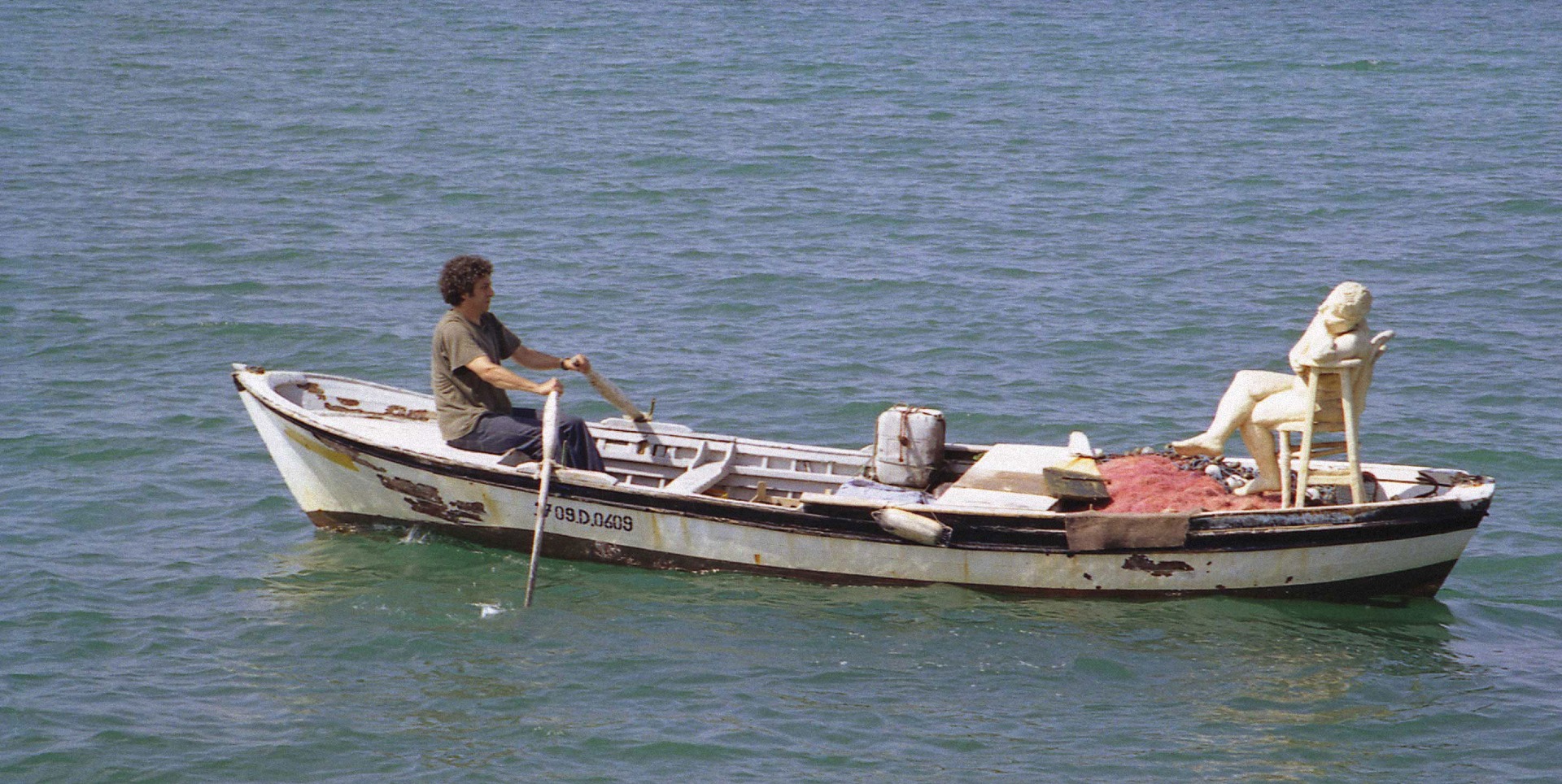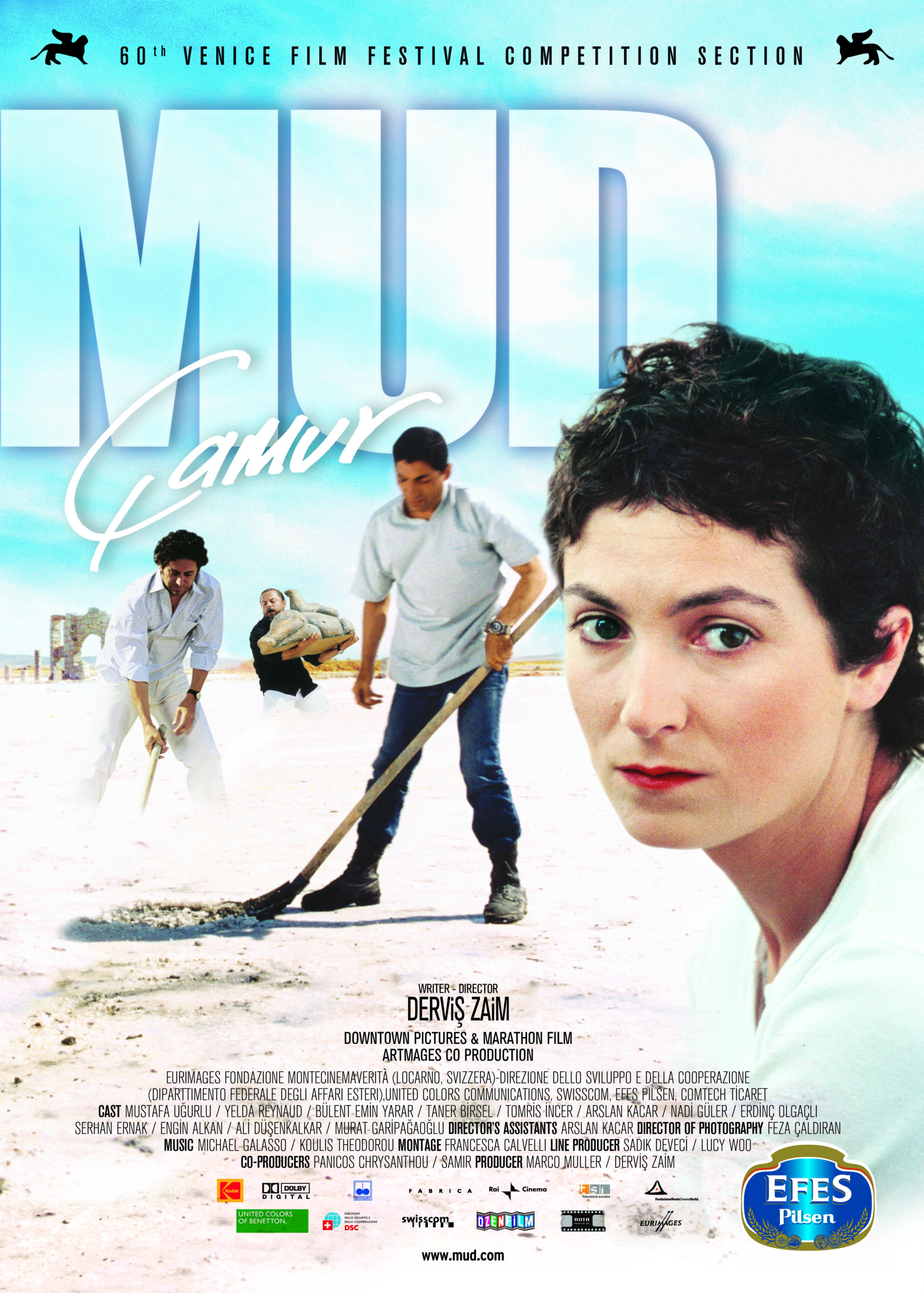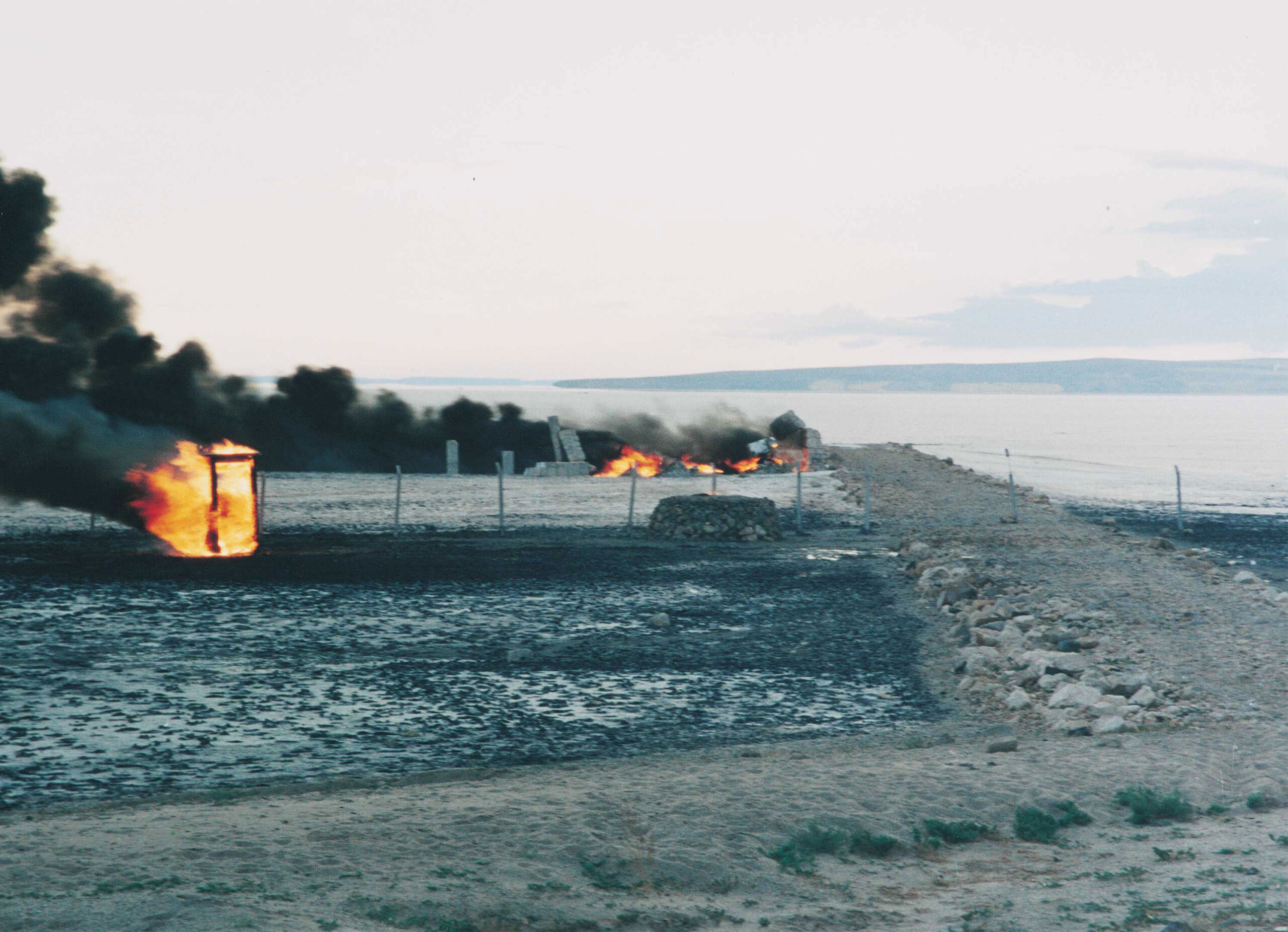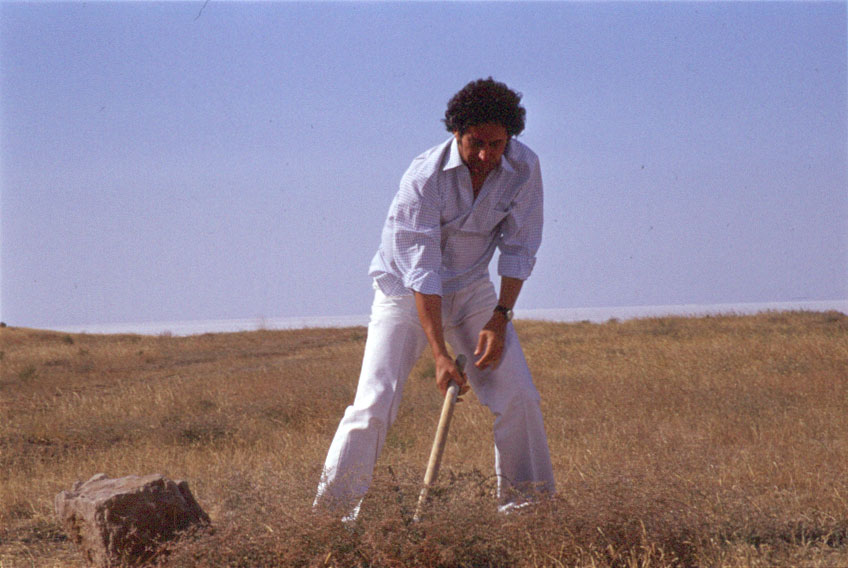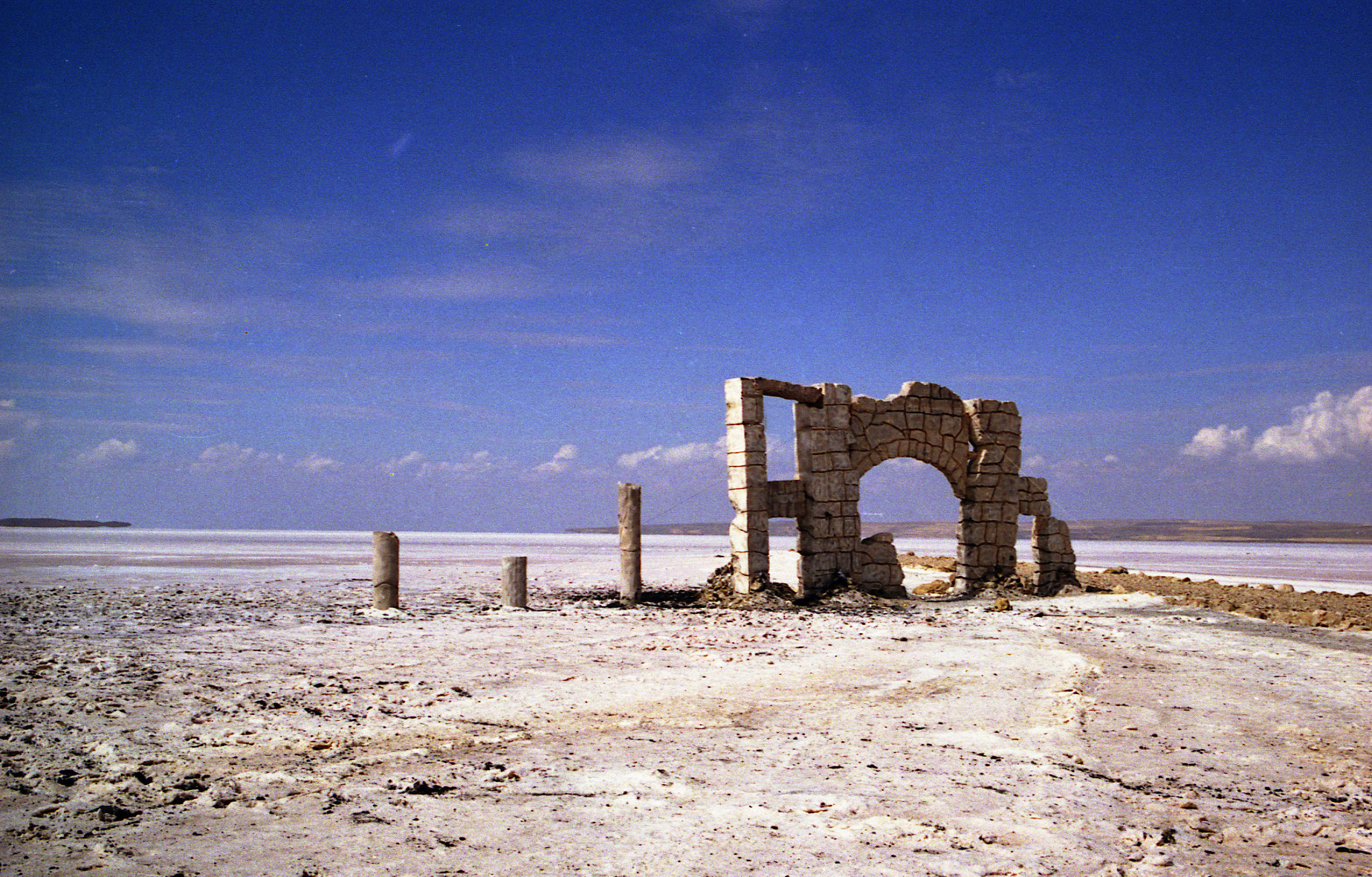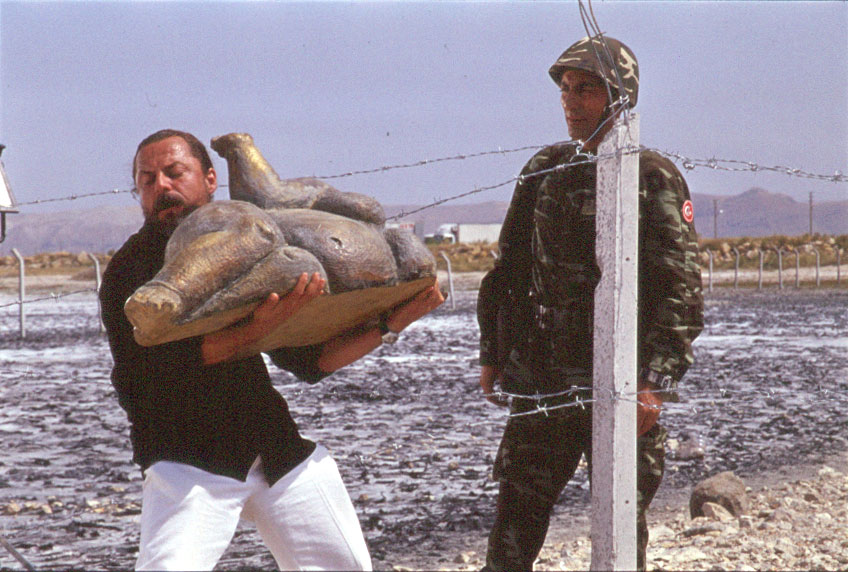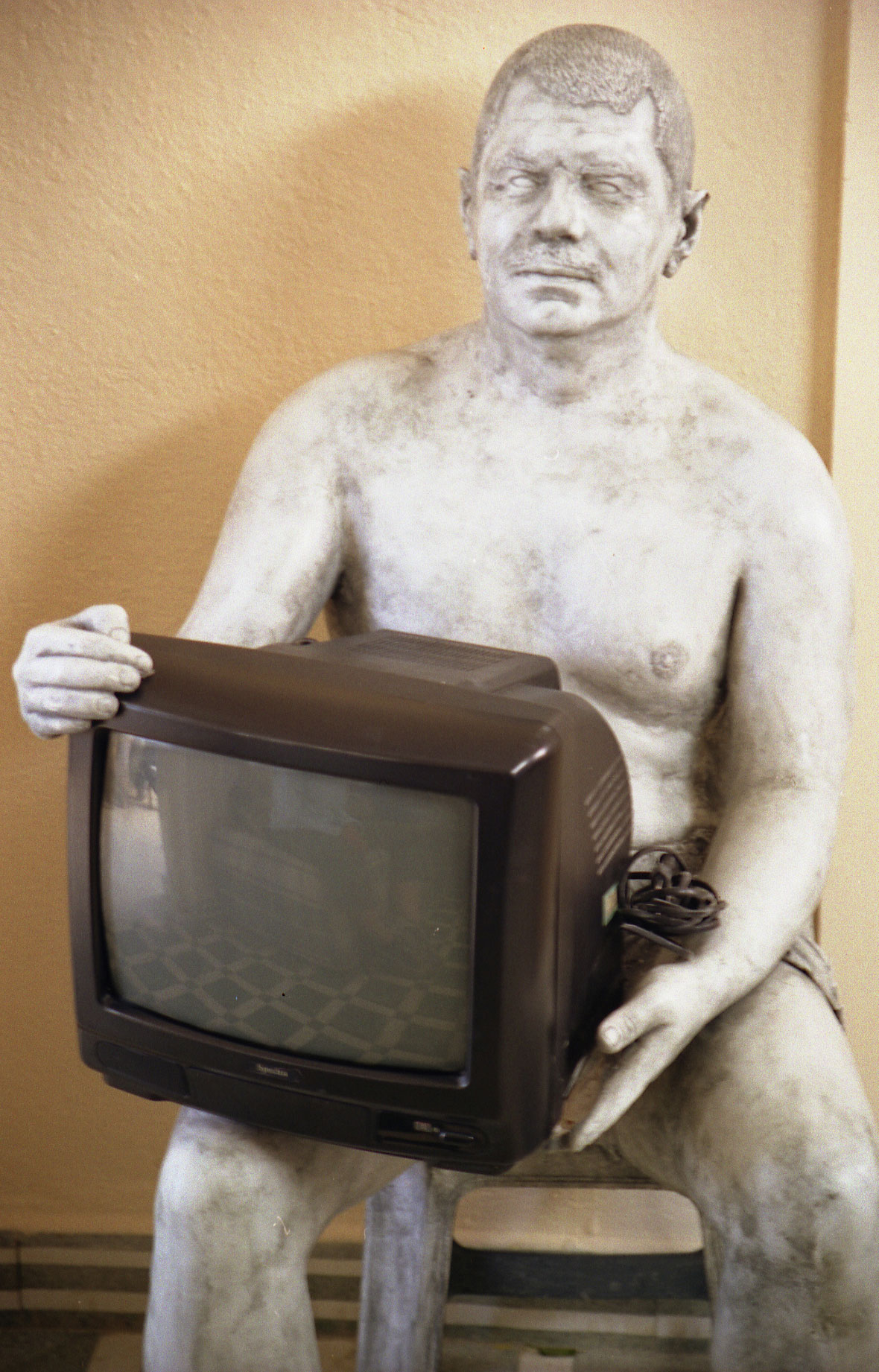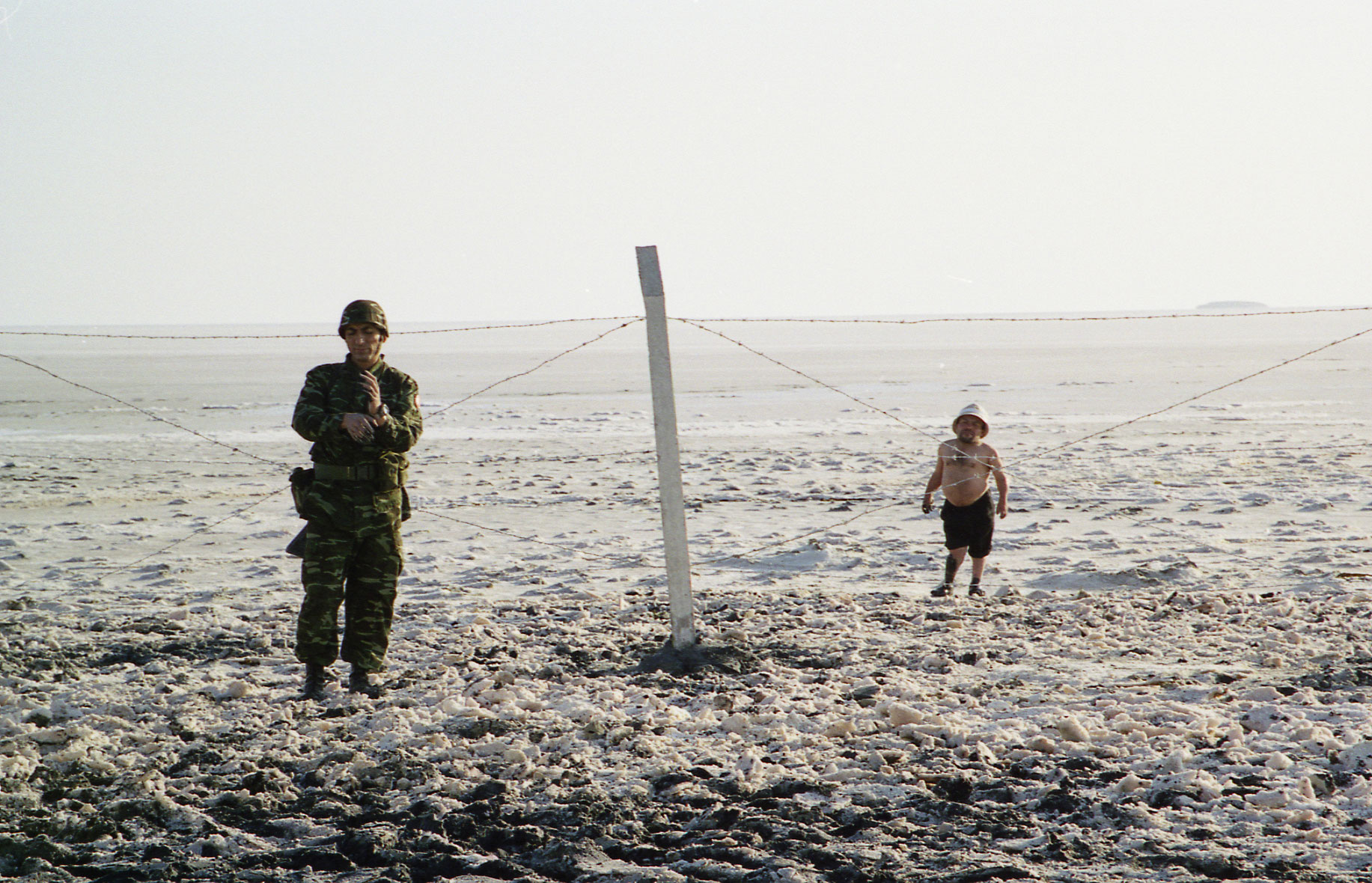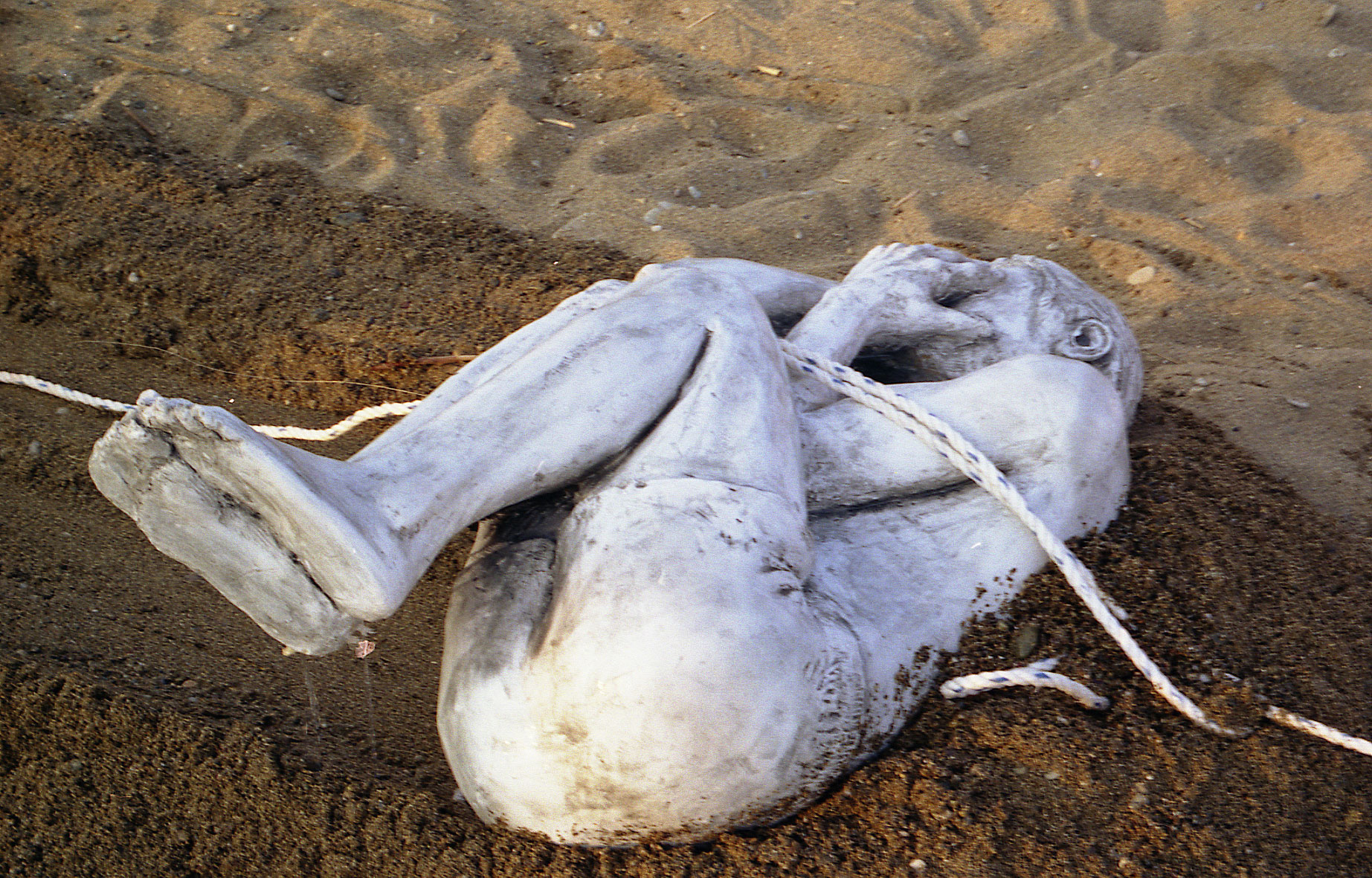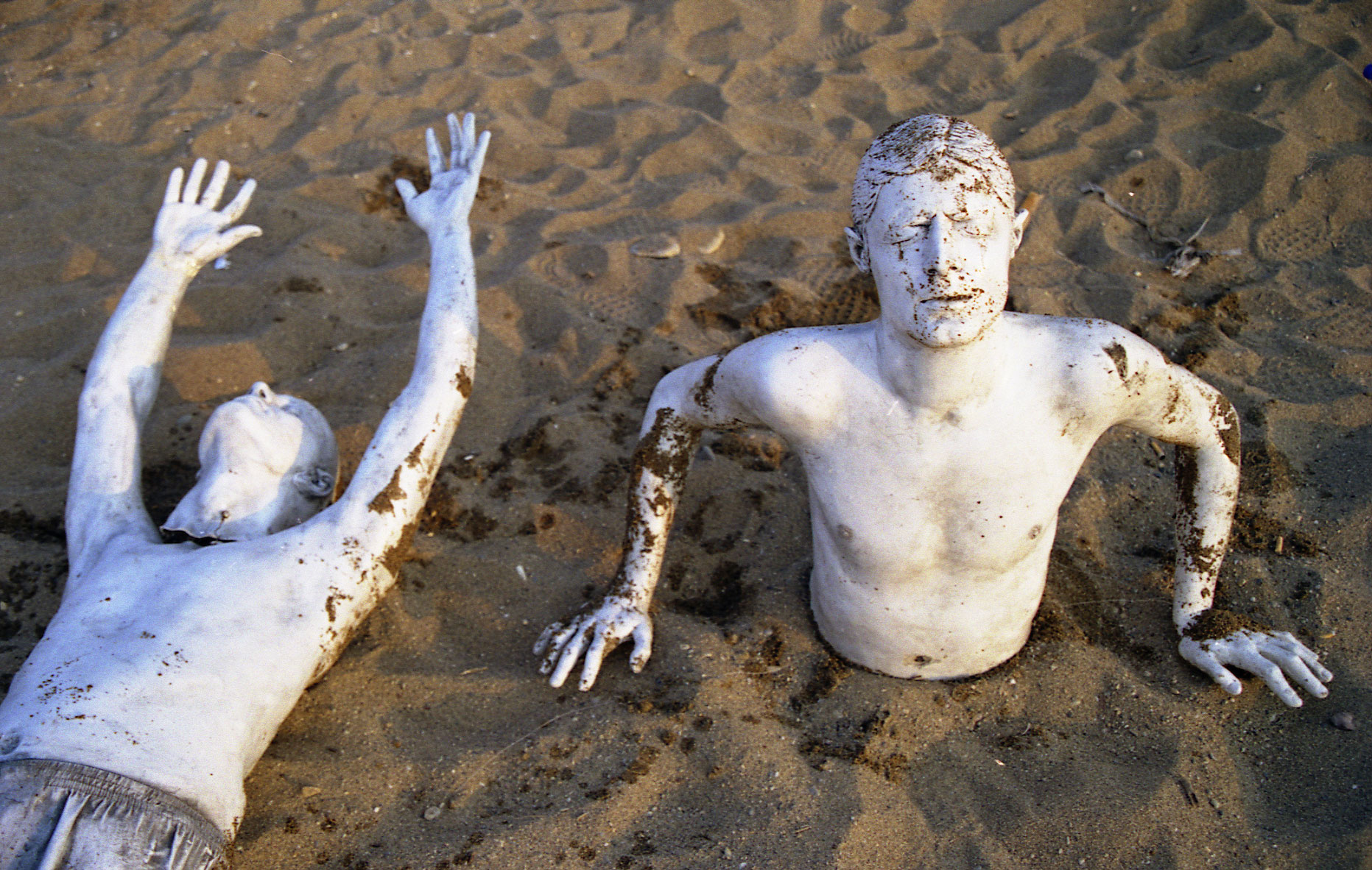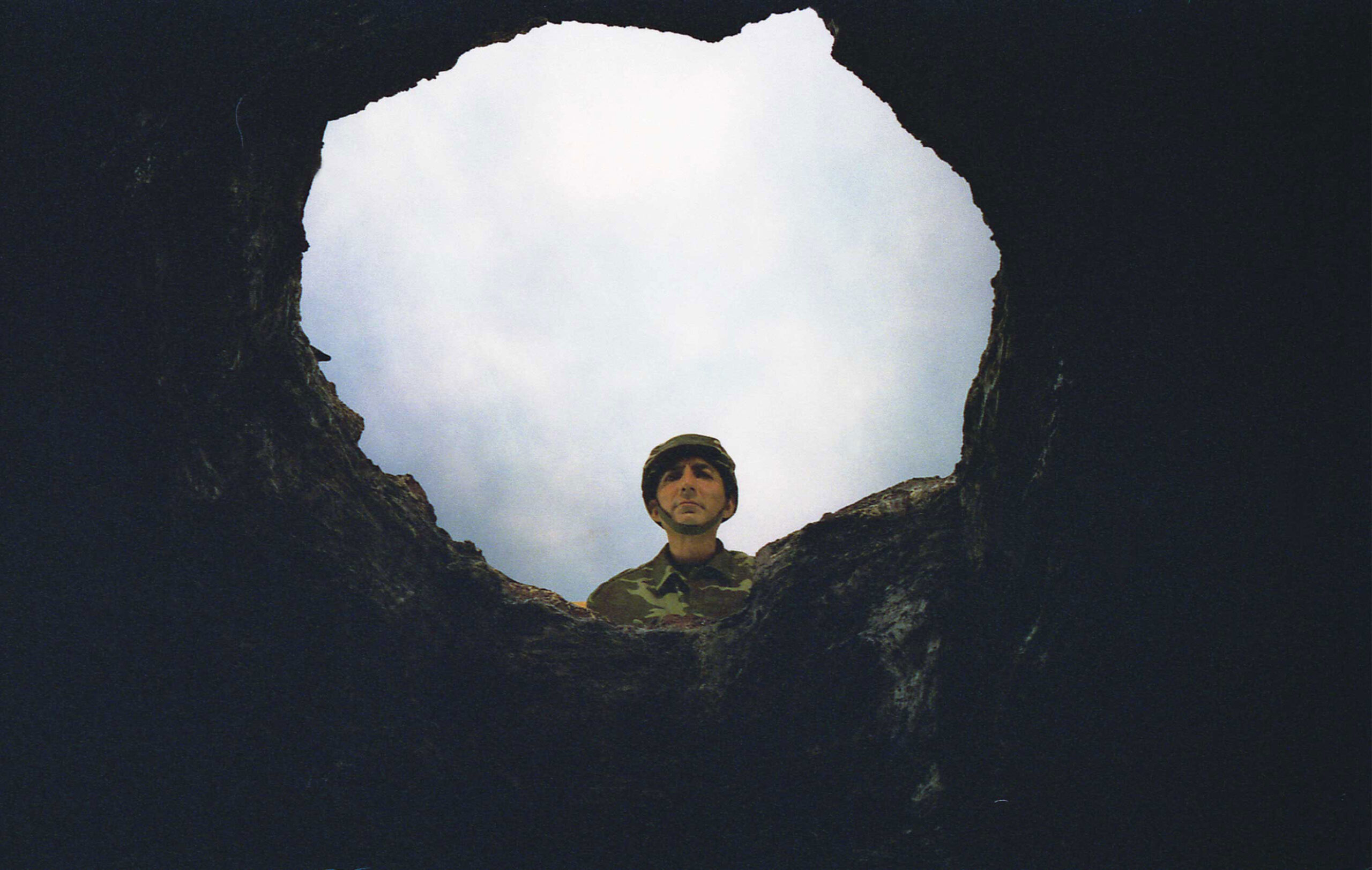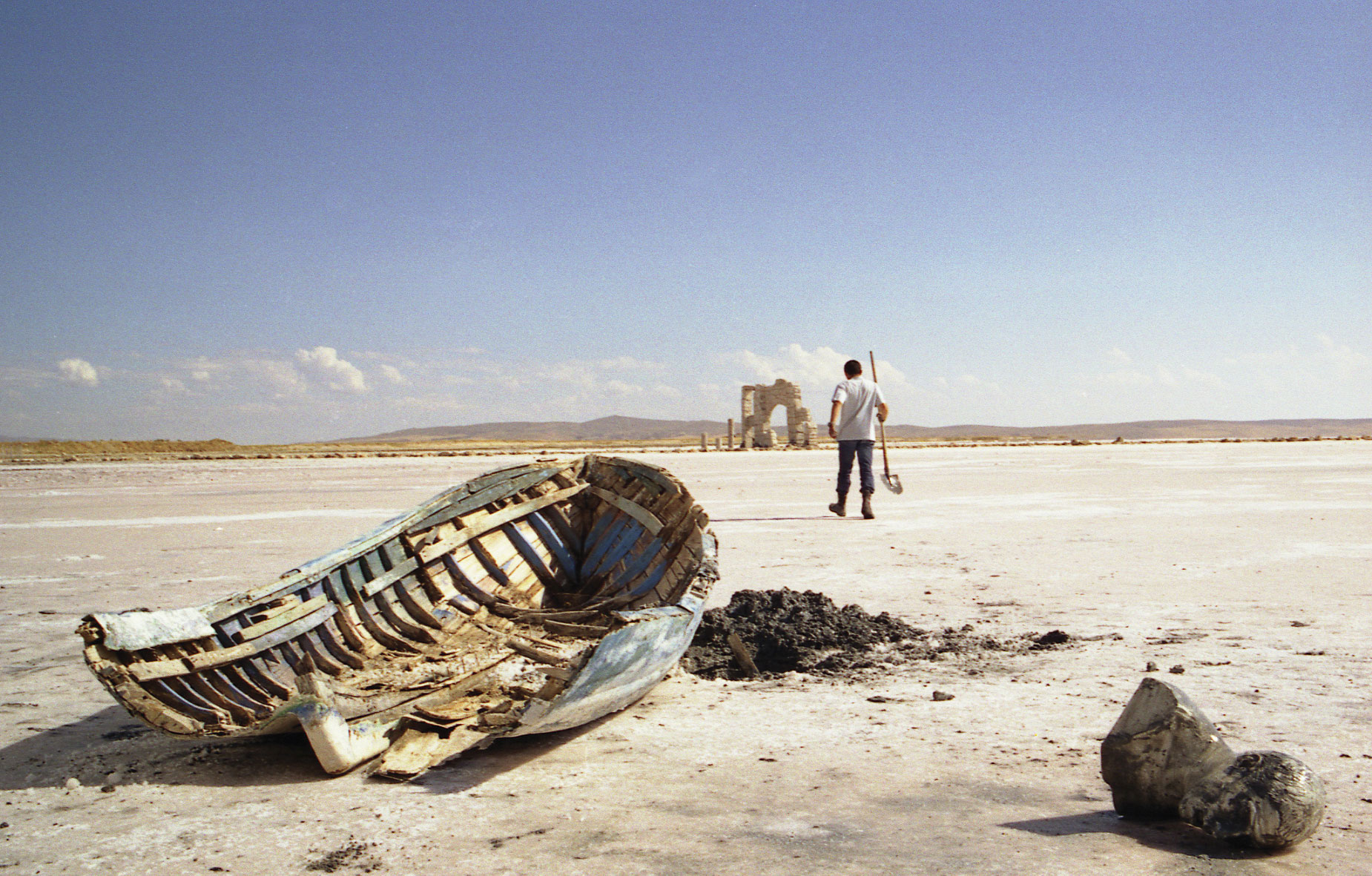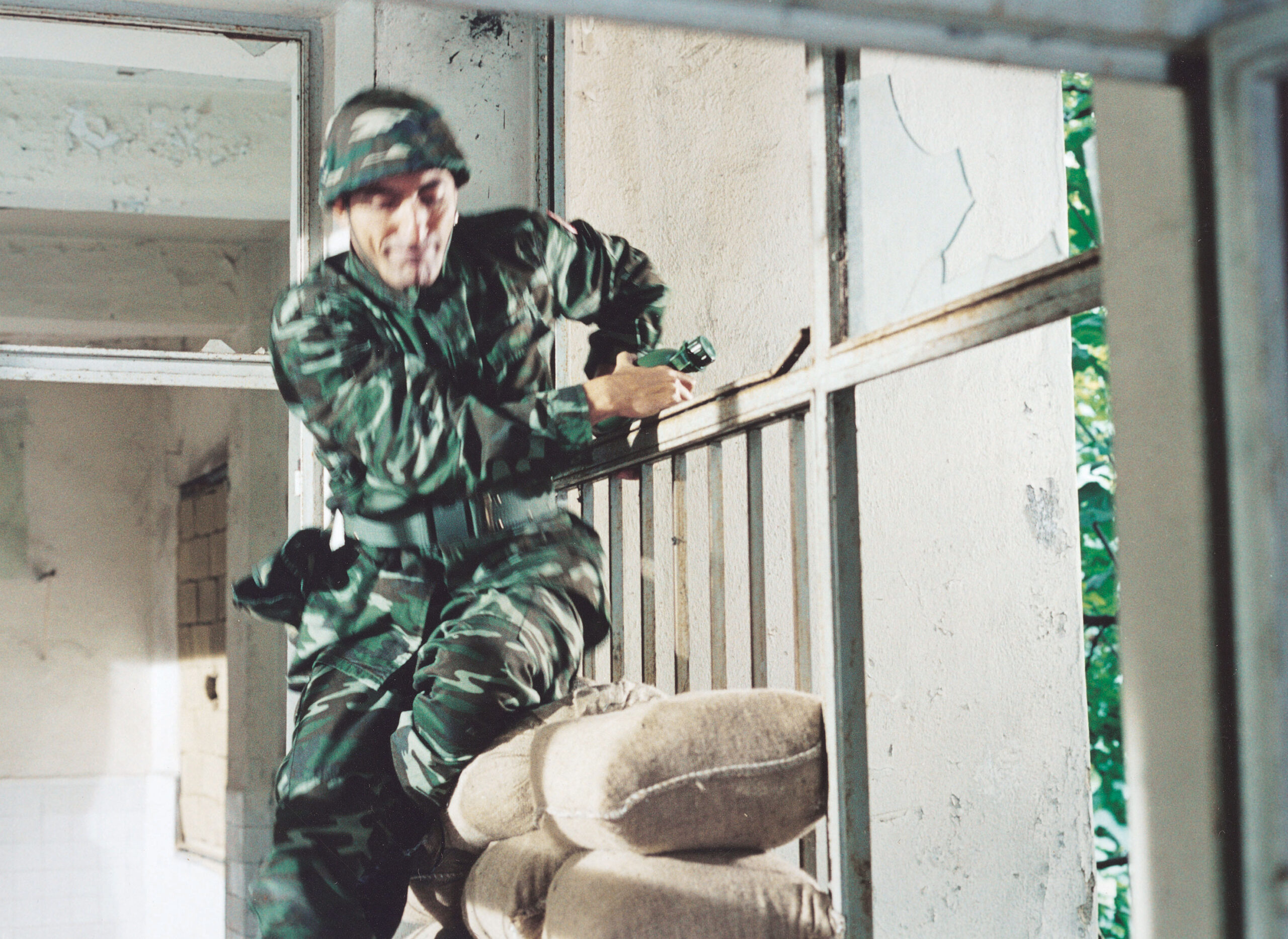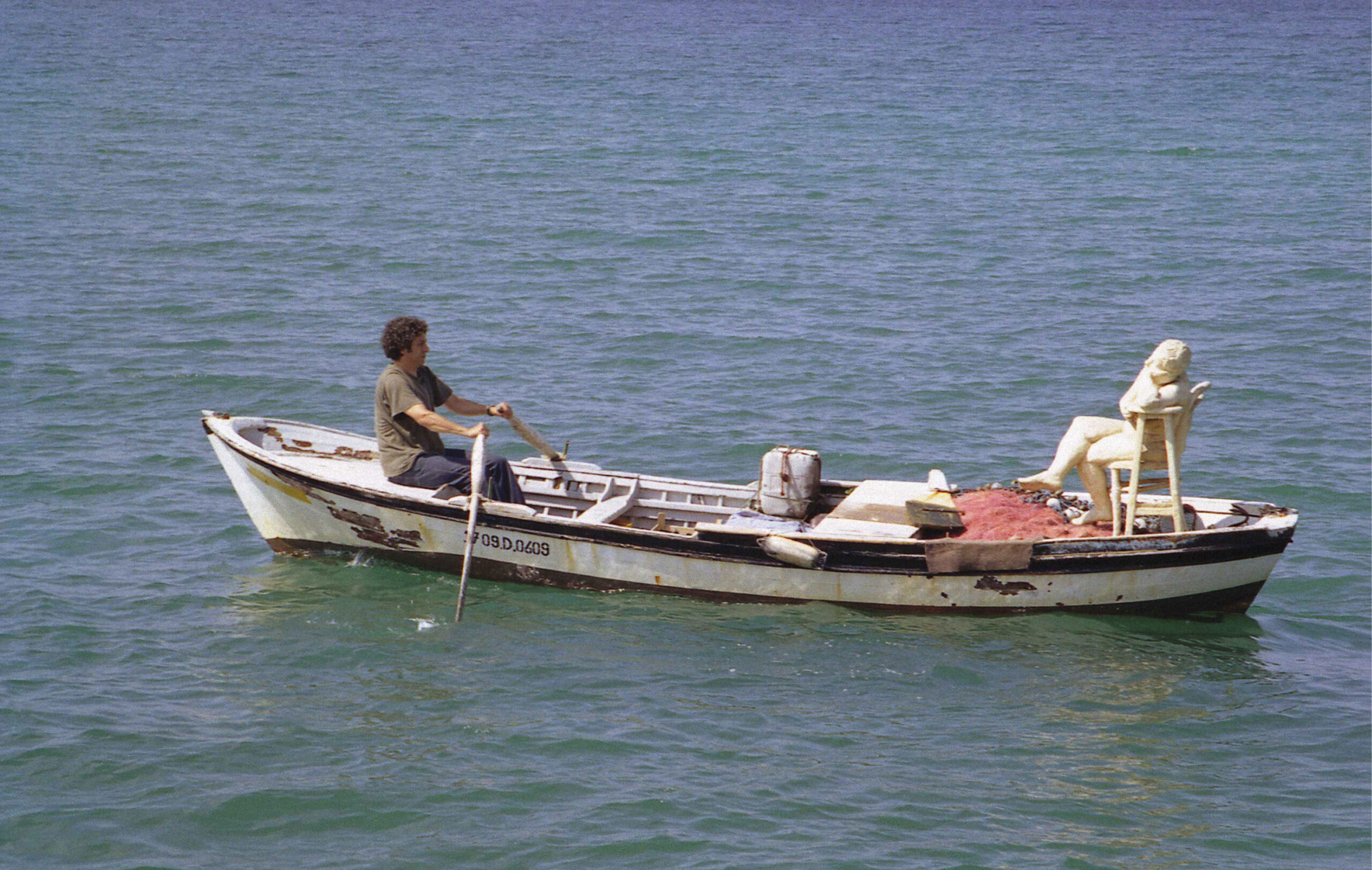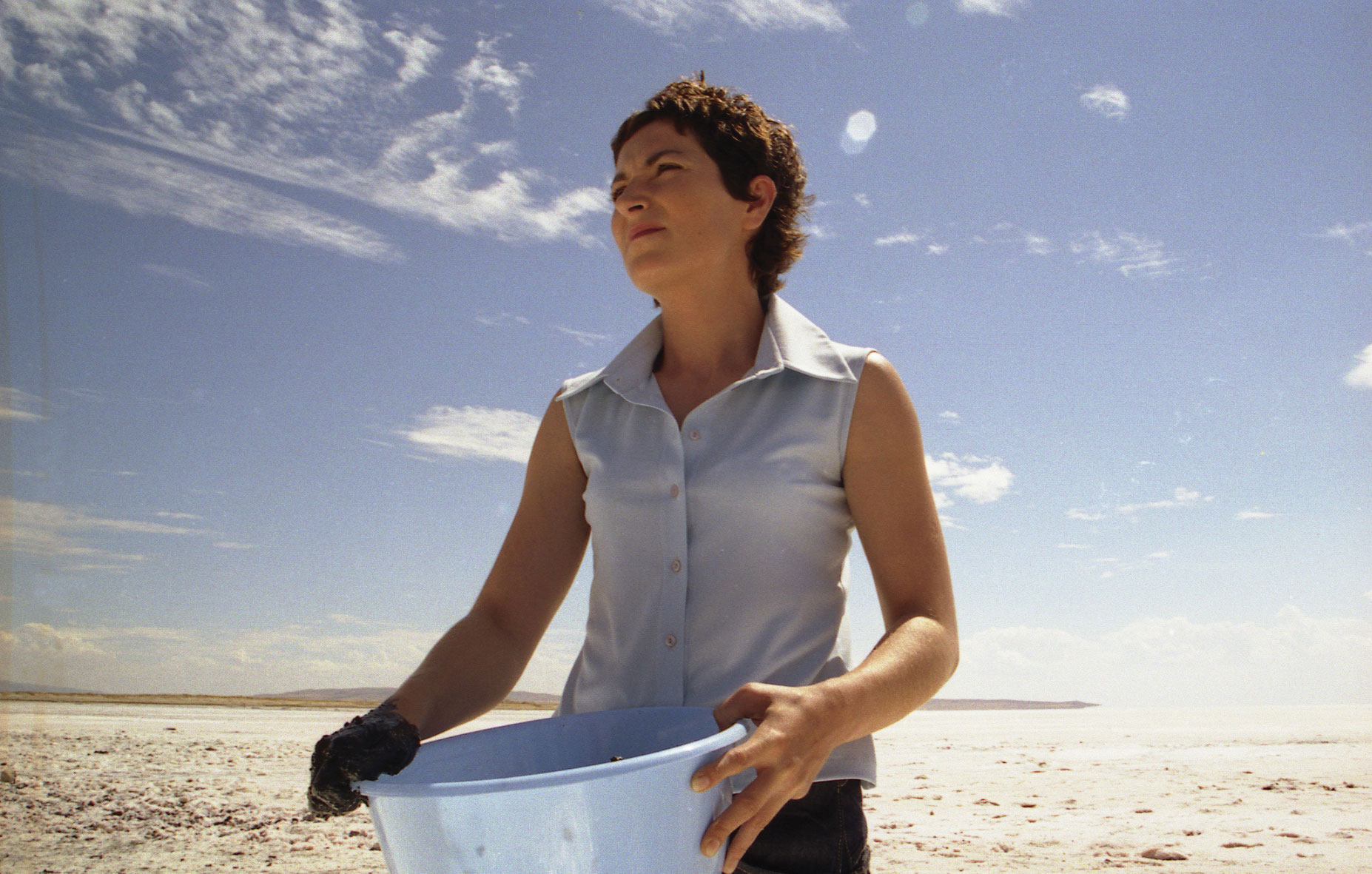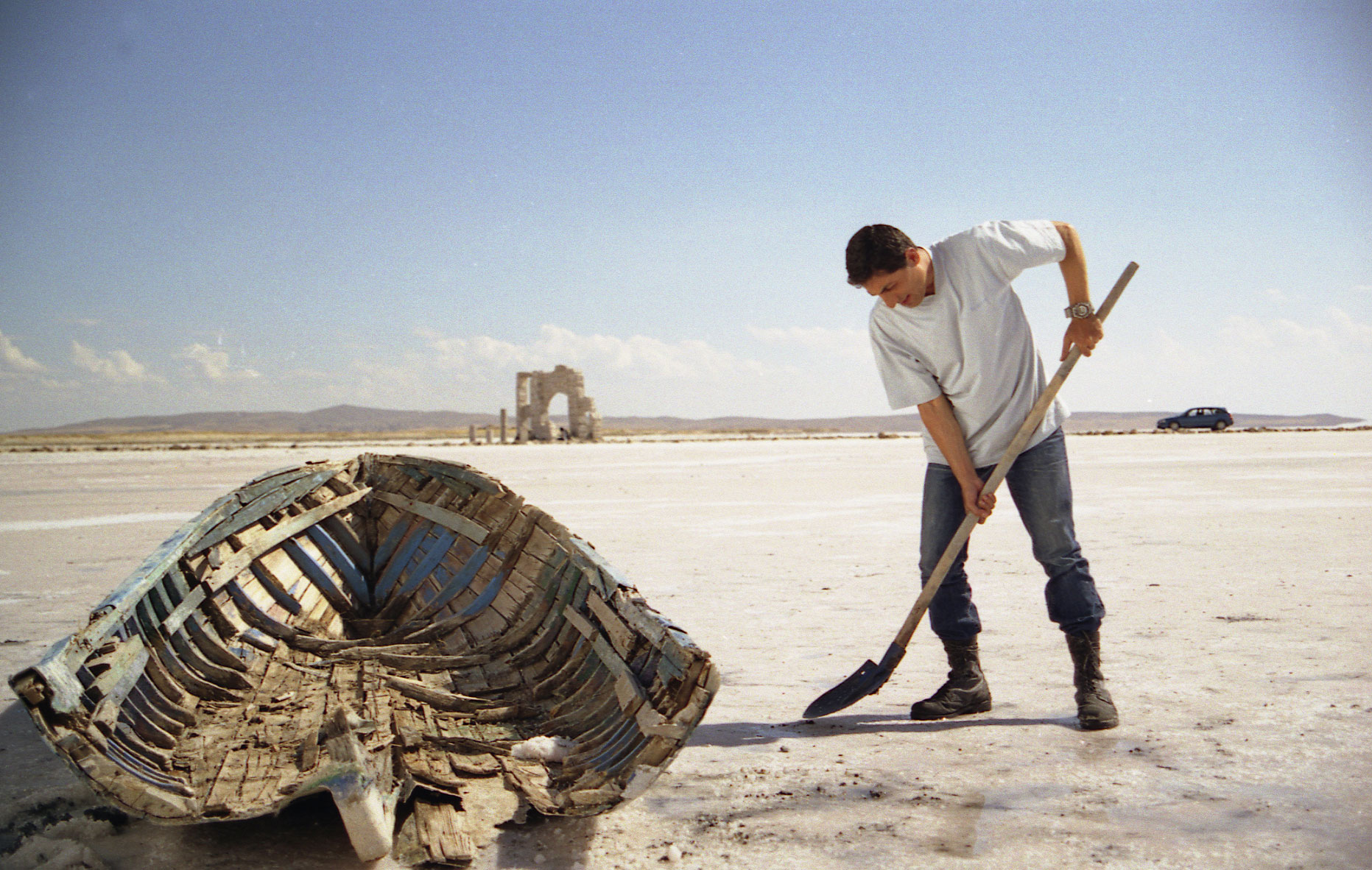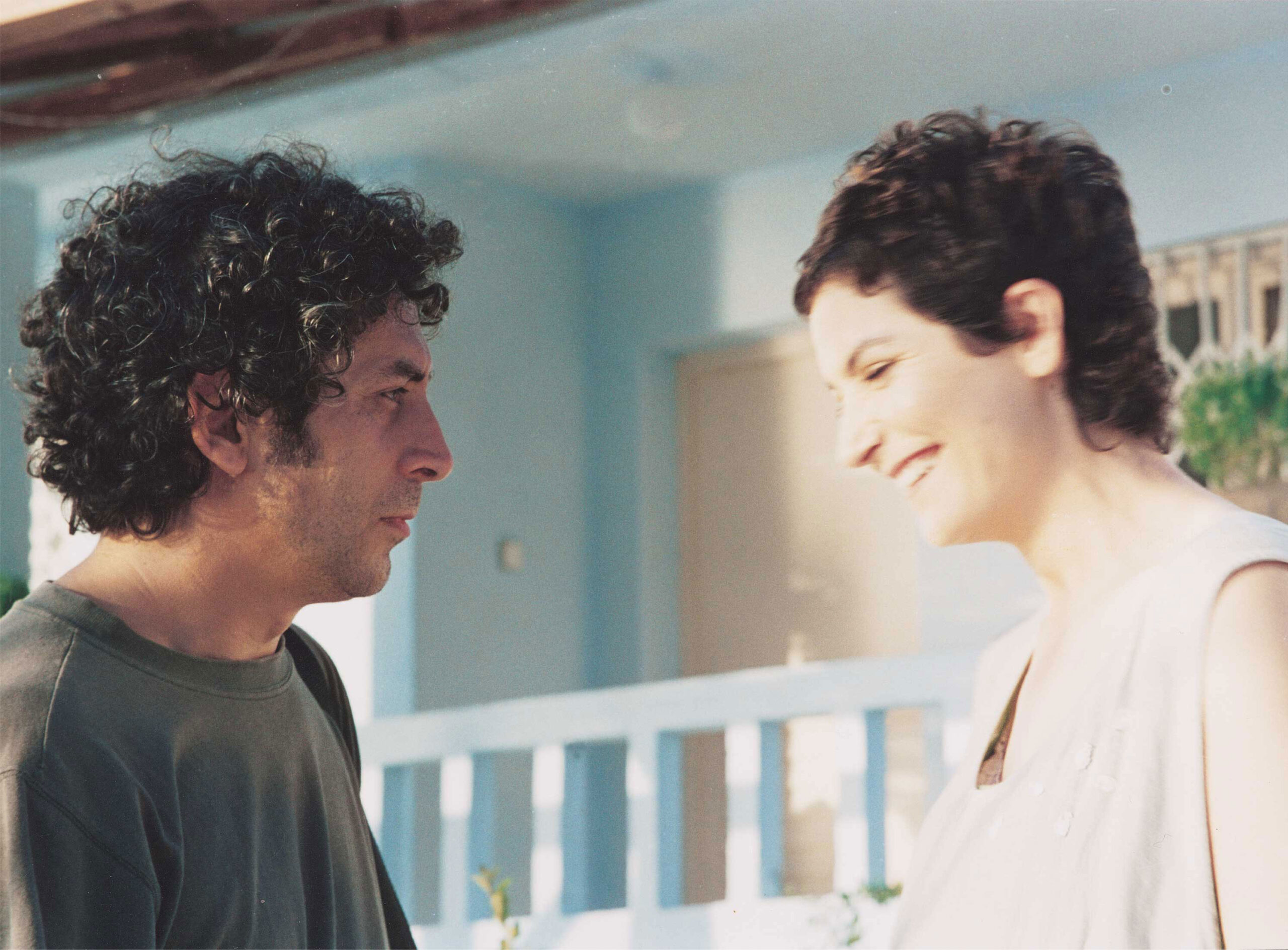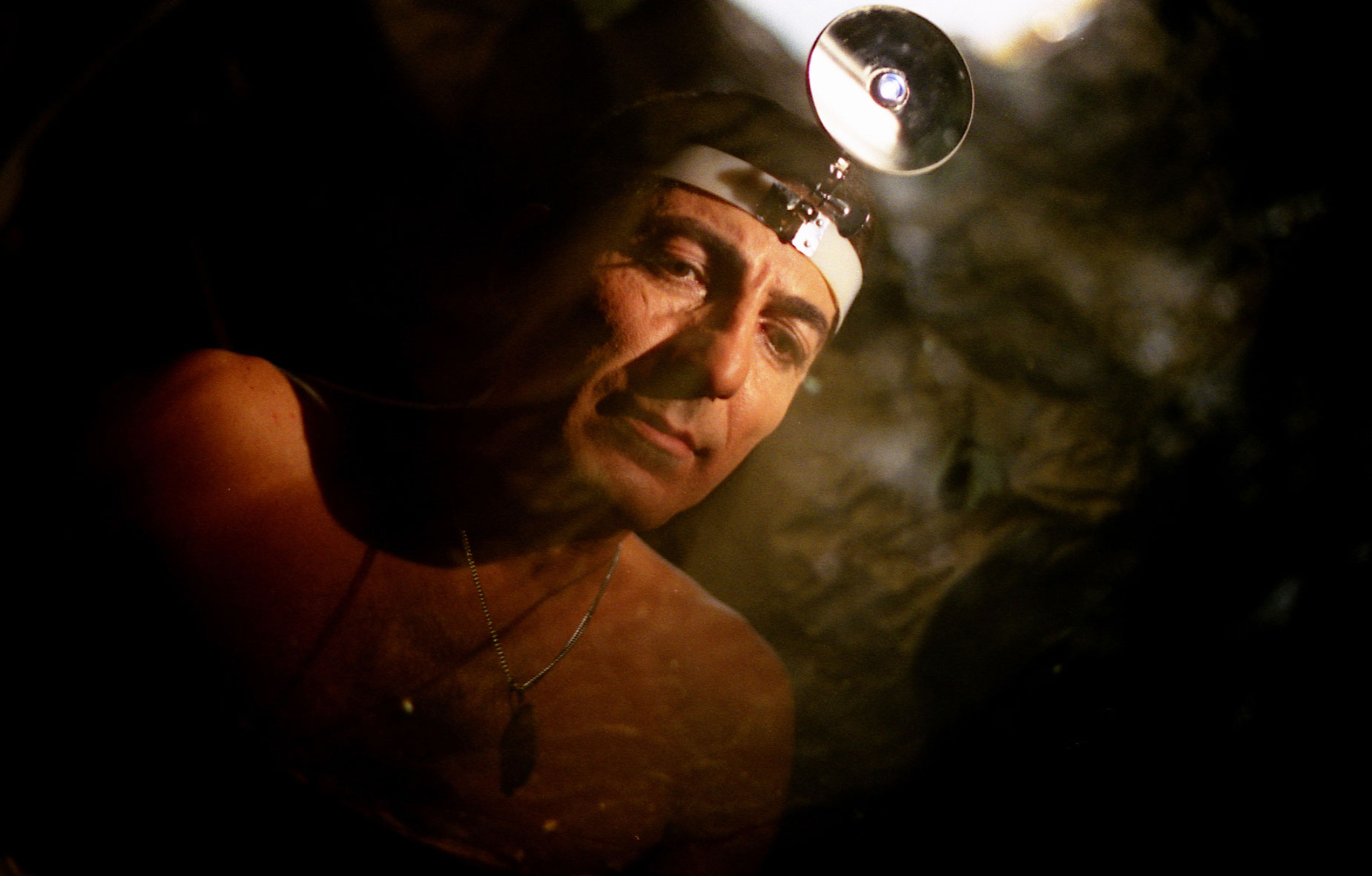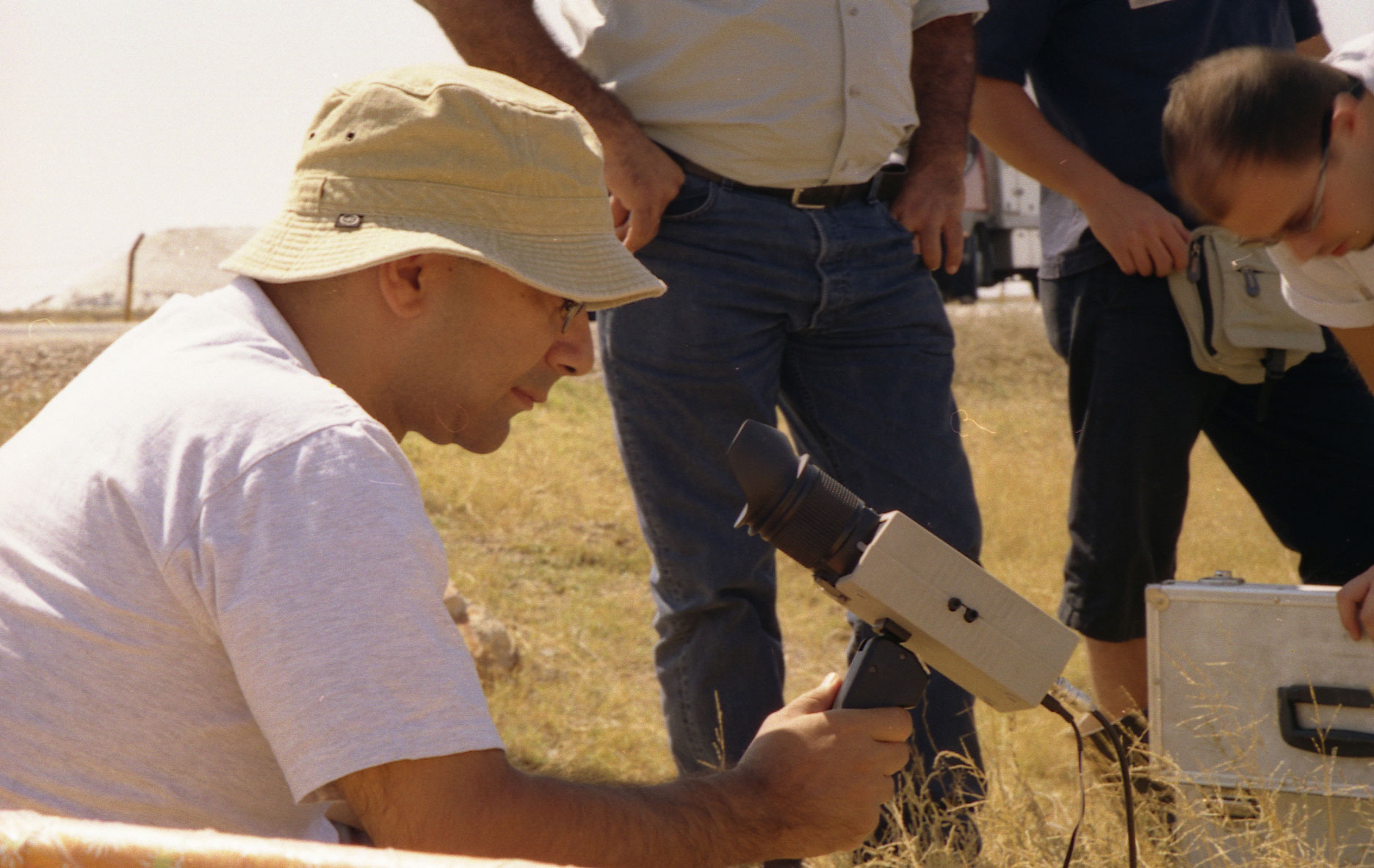Interview With Dervis Zaim:
The boundary between tragedy and comedy
I like to create characters or situations that enable me to use black humor and irony. I look for comic figures who are trapped in tragedy. My characters all belong to the same spiritual family: people who suffer, but suffer with dignity; people who are lonely and desperate, but challenge and transcend their limits. I want to explore the boundary between tragedy and comedy. For me, the more horrific things are, the funnier they become. This gives me the flexibility to discuss tragic events because of the lighter tone comedy provides. As I see it, this is an ideal way of depicting life truthfully. I am also fascinated by the idea of combining elements of different cultures in a single setting, character or dramatic situation. These juxtapositions produce a kind of synergy.
Sources
Many sources helped me organize the structure, the conflict and the atmosphere in MUD. The childhood memory of a single soldier standing on the Mesaria plain under the summer sun… Stories heard from friends about cursed objects in military camps… A visit to the ancient ruins of the Asclepion temple in Bergama… A visit to my former home on the Greek side of Cyprus after 26 years… Episodes from the war…
Life after war in Cyprus
I have been affected by people’s battle to continue their lives after the war in Cyprus. Not only my personal memories, but observations of society as a whole also influenced me. Parallel with this film, I have been working on a documentary (Parallel Trips) about Cyprus. I interviewed men from three villages, who lost all their children and the women of their families during the war. Their commitment to life despite the loss was extremely moving. Even though their villages are now ghostly, empty and silent, they have no plans to leave. Instead, they carry on with their lives in the same houses by mass graves with all those memories in mind. In time, some of them may remarry and have children.
Guilt
All the characters in MUD have some sense of guilt, though this operates in different guises and at different levels. Most of them take steps to liberate themselves from guilt and succeed sooner or later. At the same time, each character reveals his/her guilt in a way that affects the others, forcing them in the process to change something in the story line. Each revelation of guilt triggers another. For example, guilt is the central motive behind Temel’s character. He throws plaster casts of Greeks into the sea, he takes out the watch of the Greek he killed, or he secretly confesses on video camera before smashing the tape. But, in the end, he manages to overcome his guilt with a public confession.
Ambition for power
Greed and money are classic characteristics of the ambition for power, an ambition that can easily bring disaster for both the individual concerned and the people around him/her. An unquenchable thirst for power can surrender that person to evil. In MUD, every character is anxious to gain some sort of power, but the nature and extent of this and its consequences are shaped by the character’s attitude to power. Ali wants the power of the mud to cure him. Temel wants to confess and overcome the evil in his mind; he is eager for more power so that he can visit the mud. Aisha secretly undergoes IVF, using one of her patient’s eggs, to become a mother. Halil sells the Cybele fertility statue to the Mafia to get rich. But this single act has more serious consequences. Halil’s obsession with power leads to a catastrophe, the extreme point of evil.
Ali’s mysterious illness
In MUD, I wanted to draw attention to the long isolation of Turkish Cypriots from the outside world. Making Ali, my central character, unable to speak gave me the opportunity to explore the relationship between the individual and the collective, the individual and nature, and the individual and history. I also wanted to add a dimension that made Ali look like a tragicomic actor from the age of silent film. The symptoms of his illness are so elementary and his attempts to cure himself are so courageous that Ali radiates a kind of energy. This, in turn, helped me to build an atmosphere that sometimes verges on the surreal and adds a touch of black humor to the film. Ali’s illness remains a mystery. It may be viral, it may be psychological. It may have been brought on by the sun or by his shouting during military training. But we never find out the exact cause or its proper diagnosis. Ali’s doctors, who are equally at a loss, simply recommend that he avoids direct sunlight.
Paradoxal communication
MUD warns us to be wary of the false illusion that communication is easy. This is illustrated in the role-playing workshop scene. If the workshop provides a setting where the characters can freely confess past transgressions, they have had to suffer greatly in order to reach this point. This is an ironic scene in terms of communication ability when Ali is chosen to speak at the role-playing workshop. He is supposed to put himself in the position of a Greek, who suffered at the hands of the Turks. Paradoxically, Ali himself was injured in the war at the hands of the Greeks. All the same he begins addressing the audience, but what Ali relates is the personal experience of Temel, who killed Greeks in the war. Sparked by Ali’s role-playing speech, Temel begins his own confession, sparing the audience no detail.
When the film takes place
In April 2003, the border dividing the Greek and Turkish sides on Cyprus was opened, allowing civilians free passage either way. This is not the case in MUD. Ultimately, it would be fair to say that the film takes place in the very recent past. Temel offers a clue when he says that the plaster cast of the Greek man is visiting his old house after some 25 years. The implication is that the Greek left his house in 1974, the time of mass emigration on the island. This would put the earliest date of the film’s action at 1999.
Extraordinary peace initiatives
People working for peace in Cyprus are, as far as I know, very serious about their mission. Even if there are a few cases of weird events, I would never oppose peace initiatives from an ethical point of view. It was certainly not my intention to make fun of them in the film, even if they may seem slightly unusual. MUD is ultimately a kind of cultural artifact, which favors peace and all peace initiatives. Since I am a storyteller rather than a historian, my main objective is to give greater priority to fictionalization than the realistic portrayal of life. I decided to use a blend of realism, surrealism, symbolism and irony in the film. A “sperm installation project” gave me opportunities for dramatization, characterization, humor to digest all the horrific events, irony, a more powerful final and subtext.
Peace on Cyprus
Peace is a slow process. In order to build peace, old enemies need to begin to trust each other. Whatever form it takes, the road to a peaceful resolution is a tough one. The main benefit of MUD will be a contribution towards this resolution. Cultural artifacts are the guerrillas of this war. However we should add that that we are fully aware of the fact that the effect of Mud would show itself slowly rather than immediately.
Mud
I found the mud motive during a visit to a small Aegean island (Gökçeada). I was on the beach. Suddenly I saw three Martian like figures covered from head to toe in black mud. They were coming from a small salt lake at the back of the beach, where they had found mud. They had smeared this over their bodies for its health-giving properties. From that point on I began to explore illness, the salt lake and mud as a metaphor. The mud in the film symbolizes both good and evil. It can heal, but at the same time acts as a catalyst for disaster.
Which of these conflicting properties applies depends on the nature of each character’s relationship with the mud. In reality, there are mud patches like this in Cyprus. The mud patch I created in the film is unique. I shot the scenes at a salt lake near Konya, in Central Anatolia (Turkey). During the shoot local people told us that the mud does have benefits for certain illnesses.
The fertility statue
Mud and fertility have parallel implications in the film: they can both be positive or negative depending on the character’s approach. The fertility symbol (statue of the fertility goddess Cybele) can signify good or bad just like the mud. Ali’s discovery of the fertility statue unlocks a Pandora’s box. Ali’s first intention is to give the Cybele statue to his sister, Aisha, to bring her luck. However, he makes the mistake of giving it to her sister’s fiancé (Halil) to give to Aisha. Halil has little respect for the statue. When he tries to sell it, things take a turn for the worse. Thereafter, the Cybele statue assumes almost demonic significance.
In vitro fertilization
I used in vitro fertilization (IVF) in MUD as a platform to discuss man’s ability to change his environment, his history and his destiny even under the worst conditions. IVF was a context for highlighting the motivation of my characters and adding a subtext of regeneration to the film. Aisha and Ali lost all their relatives in the war. When Aisha loses her brother Ali, her ambition to continue her genetic line becomes conscious, but her inability to make it happen gives me greater opportunity for dramatization. In the end, she has the courage to carry a surrogate child using her dead brother’s sperm and a donor’s eggs, an act which is unlawful in itself.
Sole survivor
Making Aisha the sole survivor allows me to show her motivation for using IVF in a positive (and alternative) way. As she is completely alone by the end of the film, her motives for using IVF secretly and illegally are clearer. I also wanted to create more space for Aisha towards the end of the film. This continues the emphasis I tried to give to women early on in the film for instance, by creating a female doctor, who specializes in IVF; by incorporating Cybele, a fertility symbol, as an object of everyone’s desire; by making motherhood a dramatic theme; by portraying the desire to continue a genetic line. Why? History and wars are usually created by men. Making a solitary woman the only survivor and allowing her to give birth at the end of the film helps the audience to consider the idea of a new beginning, of regeneration, of seeing things through a woman’s eyes.


